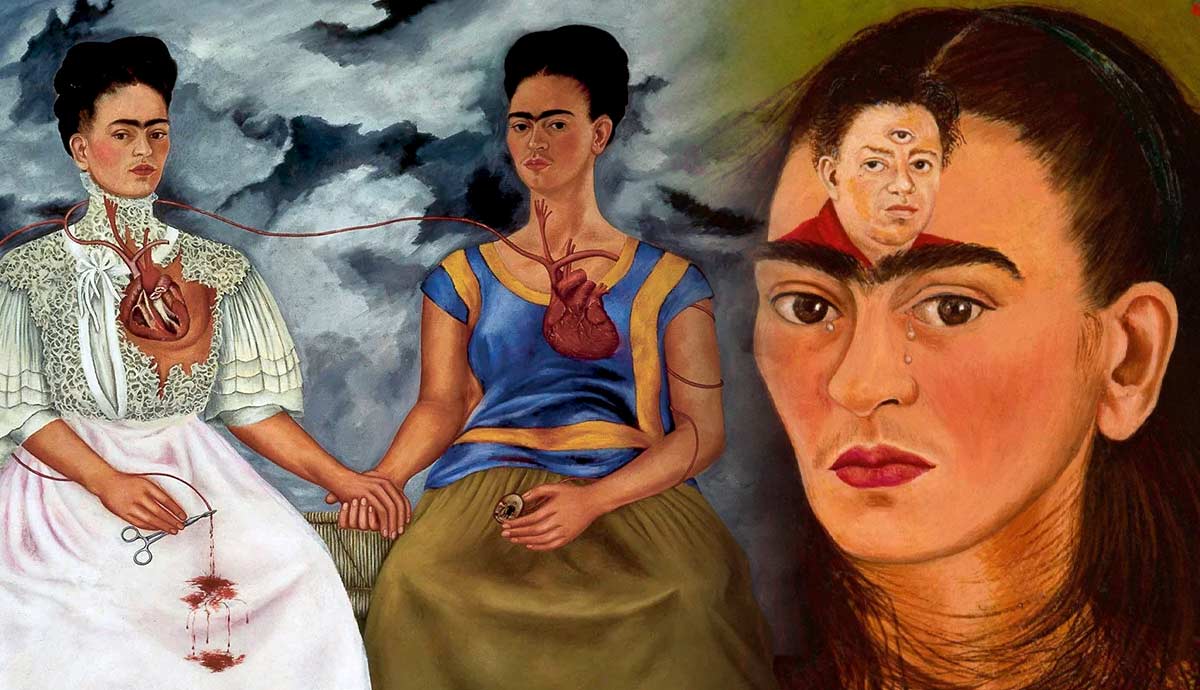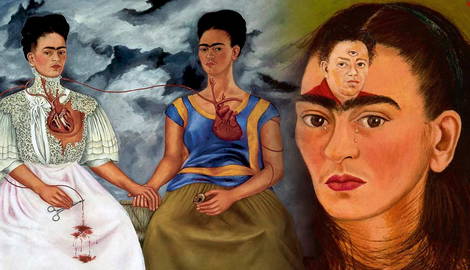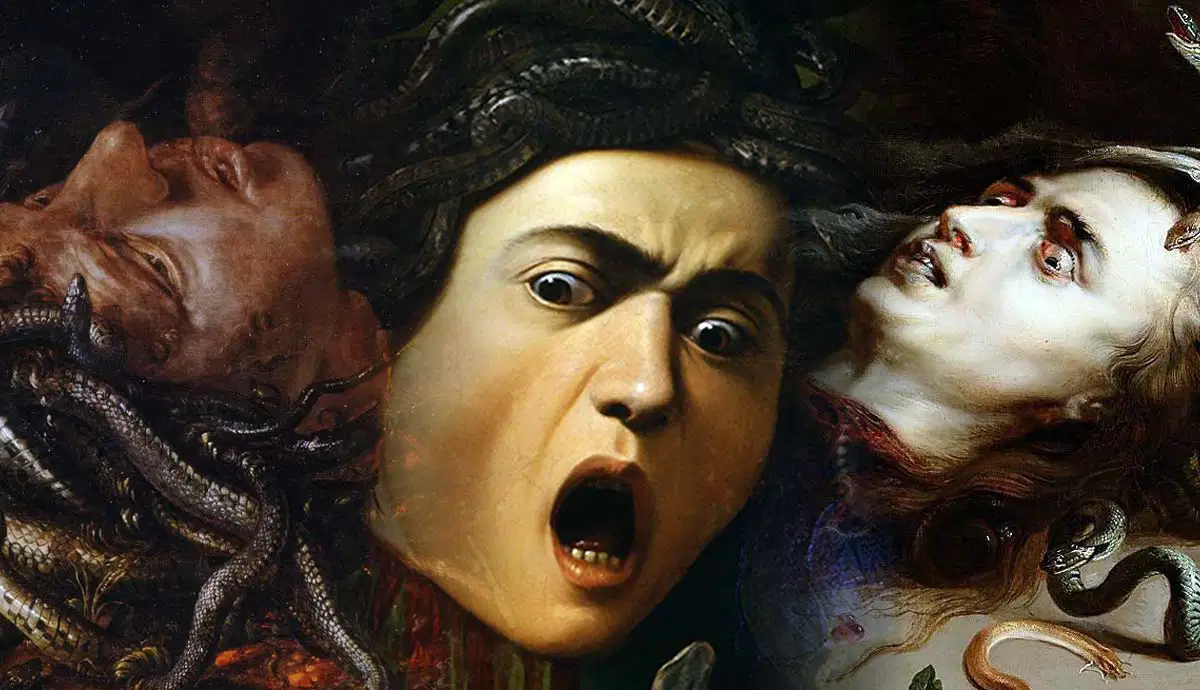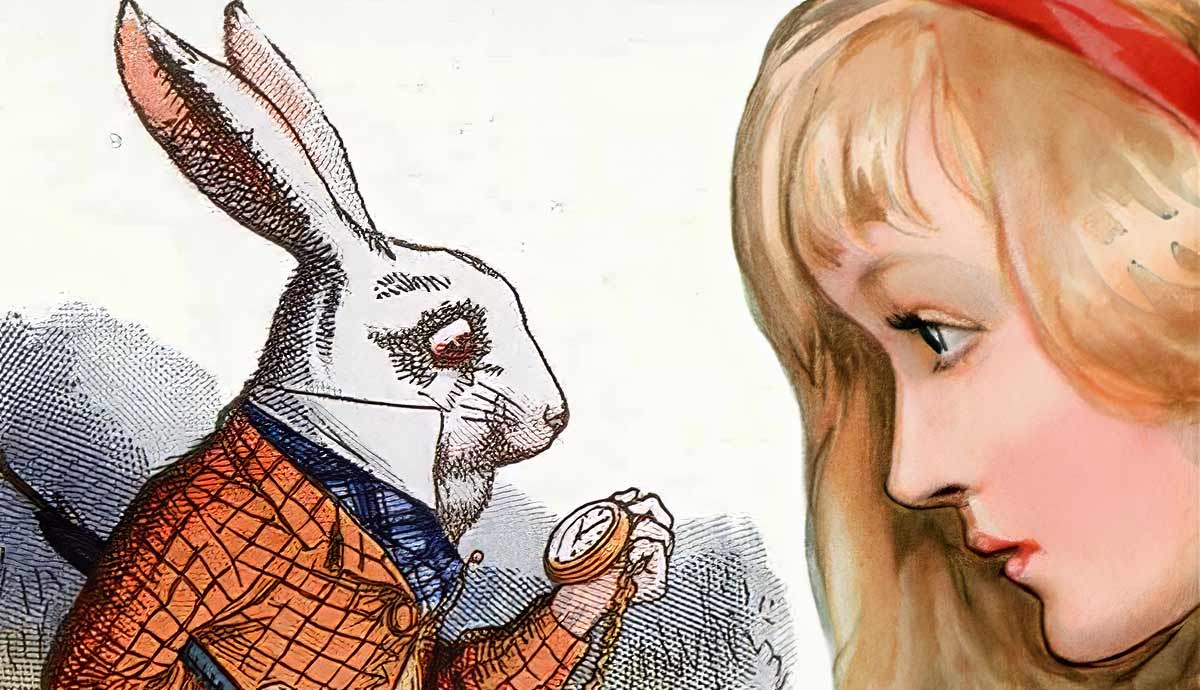
The lives of female artists often fascinate and captivate people, especially if they are marked by tragedy. This is certainly the case with Frida Kahlo, whose life was characterized by physical pain caused by a streetcar accident and emotional pain that came from her tumultuous relationship with Diego Rivera. These aspects of her life made their way into her colorful, unique, and unsettling paintings. By her own admission, her works were glimpses into her experiences as a woman, a wife, and an artist.
5. Healing Expression: Frida Kahlo’s Henry Ford Hospital

From an early age, Frida Kahlo’s life was tainted by pain, one source of which was her inability to have children. This resulted from injuries sustained in a streetcar accident which left her unable to carry pregnancies to term. In 1932, while pregnant, she began bleeding and was taken to the Henry Ford Hospital where she lost the baby. This experience was vividly documented in her painting titled Henry Ford Hospital.
In the painting, Kahlo depicts herself naked and bleeding on a bed. Significantly, this bed is not in a hospital room but is actually portrayed outside with a city seen in the distant background. This emphasizes the vulnerability of the subject, who appears to be isolated from society in her experience. In her hand, she holds six red cords attached to figures arranged on opposite sides of the bed. The cords resemble umbilical cords, connecting the figures to the bedridden Frida.
In the middle to her right is the child she lost, serving as the focal point of the painting, with an anatomical model of a womb on one side and a snail on the other. This creature, often associated with slowness, also represents fragility. Its porcelain-like shell alongside the fact that the cord is around its soft neck may capture the vulnerability of the unborn child and the fleetingness of his life.
To the left of the bed is a mechanical device used to clean surgical instruments, which appears cold and impersonal. Next to it is a flower that seems bruised, which may be associated with her uterus, damaged after the miscarriage. Finally, there is a pelvis, a part of her body that was injured during the accident.
4. A Reflection on Origins: Family Tree

An aspect of life that played an integral role in Kahlo’s life was family and heritage. Born to a Mexican mother and a German father, she embraced aspects of both cultures. The Mexican revolution that started in 1910, the house known as La Casa Azul (The Blue House), and her hometown were significant parts of her formative years. With the rise of Nazi nationalism and the instatement of the Nuremberg laws, Frida emphasized her mixed heritage in protest. In 1936, she painted My Grandparents, My Parents and Me (Family Tree) to document her diverse lineage.
The setting of this painting is a natural Mexican landscape, which the human genealogy it depicts firmly tends towards. The child Frida is at the base, with her feet planted in The Blue House which served as her childhood home. Above her are her parents in their wedding attire. What they are wearing in the painting was likely deliberately selected by Kahlo to portray the union of two cultures. The European background of her father is implied by his placement close to the sea, suggesting that he traveled from a distant land. Similarly, his German parents are shown above the sea. Conversely, her mother is surrounded by the Mexican landscape, as are her parents.
Connecting all of the figures is a red ribbon held by Frida, the child. This symbolizes their blood relation and serves as a visual representation of familial ties. Further, it resembles the umbilical cord that connects the fetus on the left side of the painting, which some interpret as an unborn Frida, to Mrs Kahlo. The painting is also accentuated, subtly yet significantly, with references to fertility. These include the pollination taking place in the plants and the small ovum being fertilized by sperm. Fertility implies vitality and the health of a bloodline.
3. Delicate Doubling: The Two Fridas

At the time when Frida Kahlo was painting The Two Fridas, she was emotionally struggling in the aftermath of her recent divorce from Diego Rivera. Although she would later remarry him, his frequent infidelity caused a significant amount of strain in their relationship. To a degree, the fact that there are two Frida figures in the painting emphasizes the extent of her loneliness. In the Gothic literary tradition, the concept of the double or the doppelgänger is an unsettling instance of looking at oneself from an external position.
Seeing oneself reflected is a particularly jarring experience because aspects of the self that one does not wish to face may be highlighted. In Frida Kahlo’s The Two Fridas, the dynamic of mirroring creates a disconcertingly delicate portrayal of vulnerability and resilience. The painting portrays both Frida figures with their hearts and vital blood vessels exposed—a fragile state to be in.
The right-hand figure has a healthy heart and her blood vessels are intact and connected to the life source of the heart as well as the talisman representing Diego on her lap. Alternatively, the left-hand figure’s heart is ruptured and the blood vessels at its base lie limp. The vital vessel that curves around the arm, connected to the talisman in her mirror image, is empty with blood spilling from the exposed end. With her outer hand, the Frida figure attempts to stop the flow of blood with a surgical clamp, but it still appears to be leaking blood, which pools on the skirt of her dress. This implies the pain of the loss of Diego, which leaves a gaping, bleeding wound, but it also refers to Frida’s attempts to salvage her life in the aftermath, in an act of resilience and defiance.
2. Strength in Fragility: The Broken Column

A constant aspect of Frida Kahlo’s life experience was the chronic pain that followed her in the aftermath of a streetcar accident. As mentioned previously, the injuries she sustained during this traumatic near-fatal event injured her pelvis, which was possibly the cause of her inability to sustain pregnancies. The implication of this was that, although the accident affected her quality of life, it also likely affected her perceptions of her appearance and her inherent value as a woman.
She painted The Broken Column in 1944 to document the injuries her body sustained from the accident, as well as their lasting effect on her body. The Frida depicted in the painting is resolute and stands straight and stiff like a pillar. As in The Two Fridas, this figure is stripped of her skin to expose what lies beneath—in this case, a broken spinal column represented by a cracked Doric pillar.
The unwavering poise of the subject and the simple grace one would associate with Doric architecture is, in essence, contradictory. Composure and guilelessness are disrupted by the gaping crack in her torso, which echoes the cracks in the pillar. Numerous nails pierce her skin from her face down to what is covered by the white drape.
Although Frida’s facial expression is stoic, tears are streaming down her cheeks. Her nakedness and the fact that her often elaborately braided hair hangs loose down her back also imply her vulnerability. This stark portrayal of chronic pain reflects both the resilience to endure and the inability to conceal its effects. Deserts are often associated with adversity—a period of hardship in one’s life that is often faced alone. Therefore, the desert landscape that forms the background of this painting is symbolic of the suffering endured by Frida.
1. The Mind’s Eye: Frida Kahlo’s Diego and I

Frida Kahlo’s relationship with Diego Rivera was tumultuous at best. Her love for him was all-consuming, yet fraught with conflict. In her own words, he was her everything, yet also a worse accident than the one that maimed her in her teens.
Rivera made his way into several of her artworks, including the one titled Diego and I which she painted during their second and final marriage. Although the union lasted until her death five years after she painted it, the work testifies to the pain that paved their relationship. The figure of Frida, with a miniature Diego on her forehead, fills the majority of the painting. The lack of background, apart from her signature, the date, and the title makes the two figures a focal point.
Frida’s hair—loose, flowing, and slightly unkempt—frames her face and neck. Beneath her prominent brow, her eyes are large and mournful, with three tiny teardrops gracing their inner corners. Like a third eye, the figure of Diego sits on her forehead, which some have interpreted as a symbol that represents how he permeates her consciousness. The concept of the Third Eye, associated with heightened perception and intuition, appears to be a theme in this painting. Diego himself also has a third eye, although it seems like his eyes are looking upwards, away from Frida. This implies the distance between them. Although he is a prominent part of her perception, she, it appears from this portrayal, is not a part of his.











